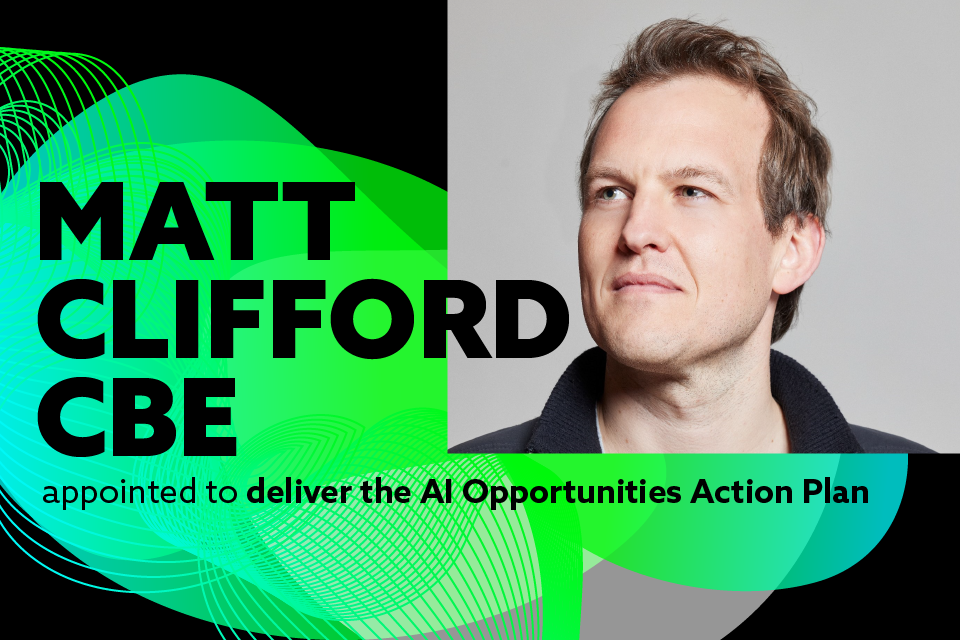Tamsin shared some key findings from her research with us:
Blurred Boundaries
The lines between the food bank and the garden are blurred in some places; food grown in the garden comes to the food bank, waste from the food bank is composted in the garden and used to grow more food. However, there is a distinct divide between the two. The building and the garden are divided by a nursery and it would be possible to engage with one and never know the other existed.
People move between being a guest or a volunteer, some inhabit multiple roles at once and others progress from one to the other or fluctuate. For example, one participant found Sufra as an asylum seeker who needed support and subsequently became a volunteer.
Diversity at its Heart
None of the participants Tamsin spoke to had heard of the term creative health, but all had clearly engaged with it, understanding quickly what it meant. The lack of awareness of creative health didn’t diminish its effects.
One staff member believes that connection to nature allows people to “be a part of nature”, or “slow down the hamster wheel in their head”. They spoke of the removal of stigma, describing a person who came into the garden after leaving a mental health treatment centre and sat and spoke openly about it to a table of strangers. Tamsin discovered that the table was where participants and staff heard stories from around the world. Participants described it as a place where “diverse people gather, that TV tells us can’t get along, sitting in a circle, talking.” The garden is intergenerational. Parents and children are regular users of the garden and explore it together – all enjoy discovering the chickens’ eggs.
The immensity of nature is recognised, meaning everyone in the garden is a learner which diminishes the power imbalances of age and experience. The staff, the volunteers and the guests alike are from a variety of heritages and faiths. This is possibly because Sufra is an inclusive place but could also be that global majority populations are disproportionately affected by poverty and therefore are more likely to need Sufra’s aid or wish to help.
Sustaining Continuity
The volunteer who greets guests at the door and arranges their food and toiletries has developed relationships with the guests. They have learnt their names, food preferences, dietary requirements, how many children they have and which nappy size they need. The efficiency of the food bank does not preclude personable and respectful delivery, but rather relies on the building of relationships over time.
To continue its work, the organisation has always had to focus on fundraising. Sustaining activity is reliant on the fact that they are “constantly putting in bids”. Sufra receives a lot of community support and has some long-term donors, but it lacks multiyear funding which would enable them to plan further in advance. This confirmed Tamsin’s findings that creative health sector needs long term and predictable funding to provide the best services.













